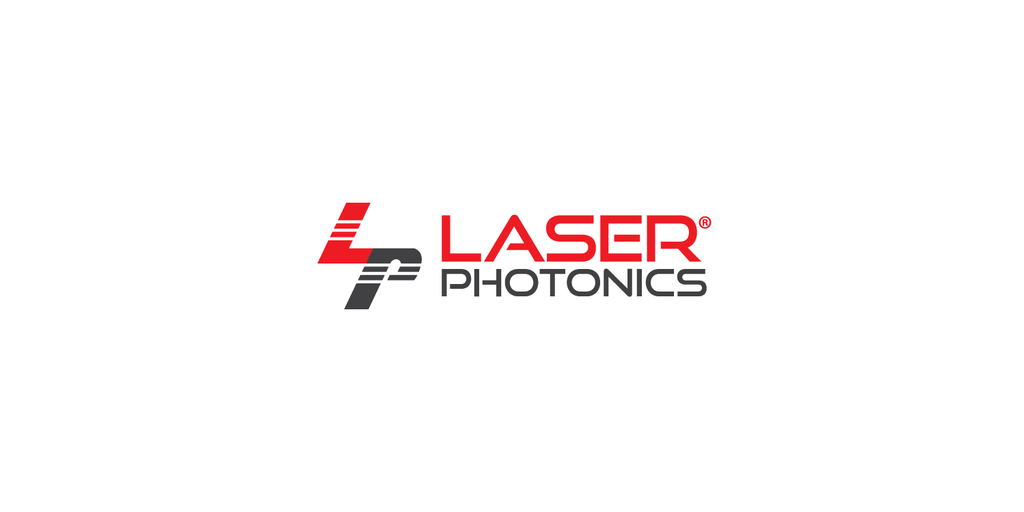Sign up for daily news updates from CleanTechnica on email. Or follow us on Google News!
The California Air Resources Board has unveiled a new Driving Clean Assistance Program that offers significant incentives to people who purchase or lease a new or used clean vehicle and meet certain income guidelines. CARB says DCAP coverage includes battery electric vehicles as well as plug-in hybrid electric vehicles and hydrogen fuel cell electric vehicles. The incentives can total as much as $12,000 if the person resides in a disadvantaged community and is scrapping an older vehicle as part of the transaction. Consumers without the disadvantaged community status who scrap their older vehicle to buy or lease a new or used clean vehicle can get a grant of up to $10,000. If no older vehicle is scrapped, the maximum benefit is $7,500. If you think this sounds a little like the Cash For Clunkers program run by the federal government beginning in July of 2009, you are not wrong.
The DCAP program will also provide access to low-interest-rate loans capped at 8%, opportunities for mobility options such as transit passes or e-bikes, as well as up to an additional $2,000 in incentives to offset the cost of installing EV charging equipment or help pay for the use of public charging equipment. It is part of an effort by CARB to streamline programs and expand access to the Clean Cars 4 All (CC4A) program to areas of the state that currently do not have a pre-existing, district-operated CC4A program.
To be eligible, a person must be a resident of California and apply for the DCAP benefit before purchasing a vehicle. The program applies to any low-income consumer who is at or below 300% of the Federal Poverty Level (which is currently at $93,600 for a family of four and will be updated annually) and have not previously participated in any CARB light-duty-vehicle purchase incentive program, including the Clean Vehicle Rebate Project, the statewide or regional Financing Assistance Pilots, or the CC4A Program. Participants are not required to have a vehicle to scrap to be eligible. Also, consumers may only apply for one incentive per household for the lifetime of the program.
Of course, California residents are still eligible for the federal $7,500 EV rebate that is part of the Inflation Reduction Act. Put the federal and state incentives together and a qualifying California driver could get behind the wheel of a brand new Tesla Model Y RWD that lists for $42,990 for a total out-of-pocket cost of $23,490 and still get another $2,000 on top of that to help with charging. According to Cox Automotive, the average transaction price of a new car in the US now is more than $47,000, making this deal from CARB the greatest thing since sliced bread.
California Promotes Clean Cars
California is one of America’s most progressive states when it comes to adopting clean vehicles. According to CARB, the state accounts for 34% of the country’s clean vehicle sales. In the first quarter of 2024, clean vehicles contributed to 23.9% or 102,507 units of new car sales in California, which stood at 429,225 units. 85,975 of these clean vehicles were BEVs, 16,335 were PHEVs, and 197 were FCEVs.
There are more than 10,000 fast EV chargers in California, which gives BEV and PHEV users in the state convenience and peace of mind. The state’s cumulative clean vehicle sales currently total 1,872,429 units, of which 1,362,066 are battery electrics, 492,594 are plug-in hybrids, and 17,769 hydrogen powered fuel cell vehicles. California will ban the sale of all polluting cars and light trucks and only allow zero-emission vehicles in these categories from 2035.
The reason the DCAP program is important is because low-income families tend to drive the oldest cars that have been poorly maintained and create the most tailpipe pollution. If the state can get people out of those cars and into vehicles with much lower or no tailpipe emissions, the entire community will benefit from having cleaner air to breathe.
As my colleague Jack Richardson wrote last month, California has exceeded its zero-emission truck and vehicle sales goals two years ahead of schedule and achieved its 10,000 fast EV charger goal more than a year ahead of schedule. What made it possible for the state to be ahead of schedule for such goals? Investments made through the Clean Transportation Program and a myriad of other publicly funded efforts from the California Air Resources Board have helped put the state ahead of schedule. First created in 2007, the CTP is one of the first transportation-focused funding efforts established to help advance the state’s climate change policies. To date, $1.8 billion has been invested in projects supporting ZEV infrastructure, alternative fuels, and advanced vehicle technologies. Another $1.9 billion was allocated earlier this year.
Largely because of such policy initiatives, sales of zero-emission cars in the Golden State are doing very well, even if they are faltering in other US states. California has the most zero-emission vehicles of any state in the US and EV sales are still doing well. Californians purchased just over 102,000 zero-emission vehicles in the first three months of 2024 and the state is on track to reach a total of two million ZEVs soon. Not surprisingly, California has the largest number of public EV charging stations, with more on the way.
The Takeaway
California is proof that policies matter. A third of all electric cars sold in the US are bought in California. Of course, its policies cost money, but what price can you put on a clean environment in which people are not forced to take in human made crud with every breath they take? The issue is not whether California spends too much to protect its citizens. The question is why so many other states spend so little. That’s a question that deserves to be asked more often.
Have a tip for CleanTechnica? Want to advertise? Want to suggest a guest for our CleanTech Talk podcast? Contact us here.
Latest CleanTechnica.TV Videos
CleanTechnica uses affiliate links. See our policy here.





